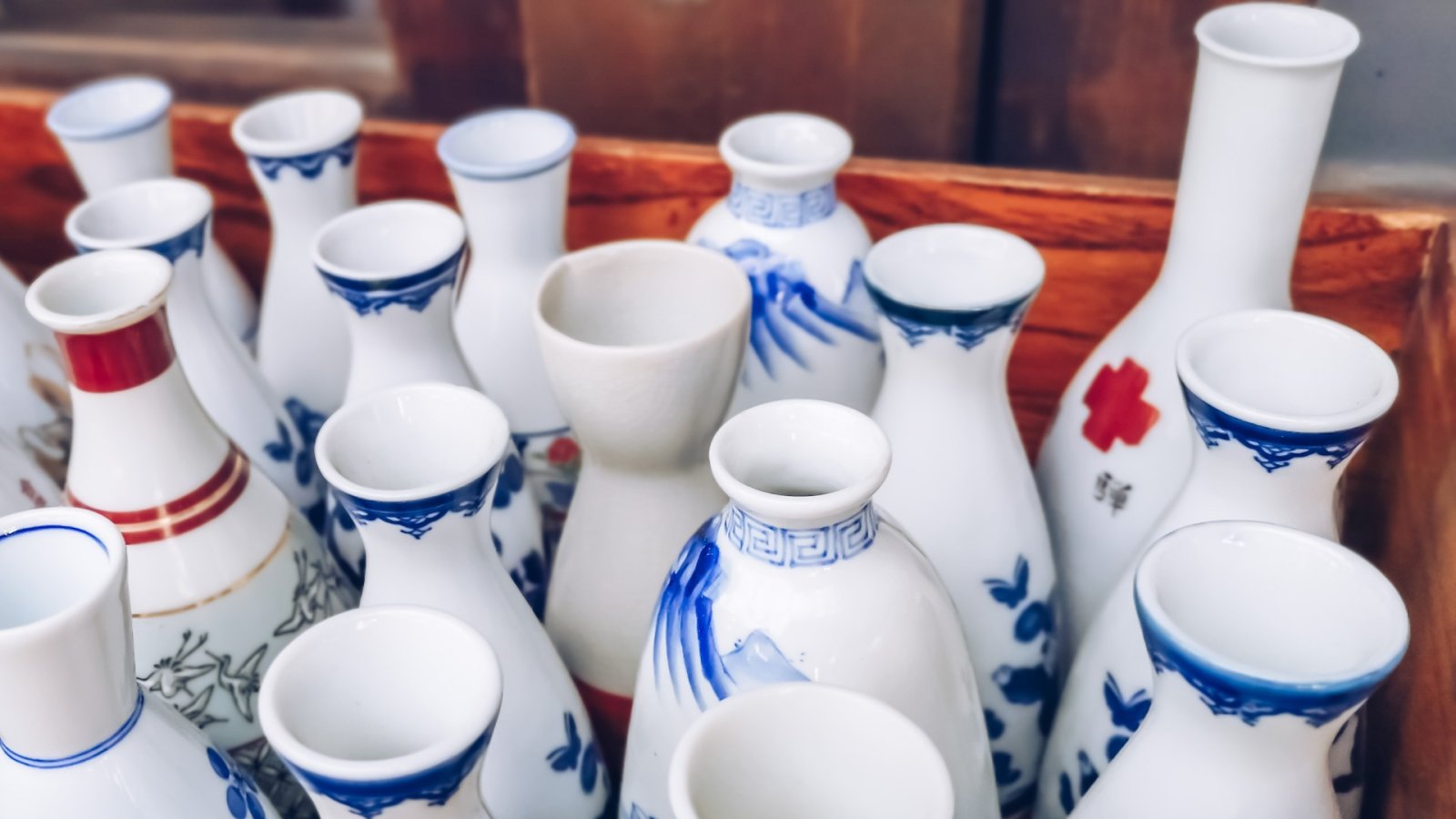The Denver Art Museum (DAM) is currently hosting a captivating ceramics exhibition that showcases the long tradition of earthenware production in Korea, ranging from the first century CE to contemporary works. Titled "Perfectly Imperfect: Korean Buncheong Ceramics," the exhibit - co-organized with the National Museum of Korea (NMK) - will be on view through December 7, 2025.
This ceramics show is the first output from a sizable art grant from the NMK to the DAM, which will fund a series of Korean art displays and programs over the next three years.
As the title indicates, the exhibition spotlights exquisite buncheong pieces, most dating back to the 15th century. The exhibit is co-curated by two women, Hyonjeong Kim Han and Ji Young Park (the DAM's National Museum of Korea Fellow of Korean Art) - a notable detail since Korean ceramists have traditionally been male. In galleries illuminated by the pottery's gray-green hue, the curators discussed the cultural significance of buncheong ware for Korean national identity and history, as well as the evolution of ceramics production after imperial edicts were removed.
The production of buncheong ware originated in the late 13th century, coinciding with significant political, economic, religious, and philosophical shifts as the Goryeo dynasty gave way to the Joseon dynasty in 1392. Around this time, Korean celadon (olive-green pottery fired at lower temperatures) declined in popularity and was surpassed by buncheong ceramics coated with a white slip glaze and fired at higher temperatures.
The buncheong works showcased are both elegant and rustic. The exhibition features centuries-old rice bowls, barrel-shaped bottles, wine vessels, and a placenta jar with a domed lid used to enshrine the afterbirth and umbilical cord of children born to royal families.
The pieces complement one another due to the native grayish Korean clay and the pallid white slip coating created from the clay and water. However, the decorations illustrate a diverse range of techniques employed by Korean buncheong potters. The designs are bold, abstract, and textured. The curators highlighted that celadon potters generally crafted functional items for use in royal courts, tea ceremonies, and other Buddhist monk rituals. Potters would present ceramics to the government as tribute, while the administration stifled artistic expression by mainly restricting decorations to labeling. Buncheong ware's ascendance also stemmed from the Japanese invasion of Korea's southwest coastline during this period. As the occupying forces destroyed numerous celadon kilns, buncheong ceramics rose to fill the void left by the declining celadon tradition.
The exhibit demonstrates how ancient buncheong techniques and designs continue inspiring contemporary ceramic artists, with a gallery section focused on modernists reinterpreting white slip glazes.
Another display features pottery shards excavated from kiln sites, showing partially collapsed vessels, pieces stuck together, and cracks formed during firing. The show incorporates immersive elements, like touchable labels allowing visitors to experience various techniques through tactile engagement. A 3D puzzle with replica pottery fragments invites guests to try reconstructing shards archaeologically. A video gives a behind-the-scenes look at processes like kneading clay barefoot and firing glazed works. A display case surveys the assortment of tools buncheong potters used across centuries.
The ongoing DAM-NMK collaboration will commission an installation by Korean-American artist Sammy Seung-min Lee, currently in South Korea as a Fulbright Scholar. Art & Object previously featured Lee's hanji paperworks in her solo show at Denver Botanic Gardens exploring traditional Korean art forms.






